Long-toed Salamander - Ambystoma macrodactylum
Eggs, Larvae, and Young
Baird, 1849


| Long-toed Salamander Eggs | ||
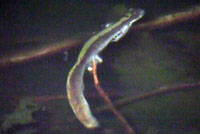 |
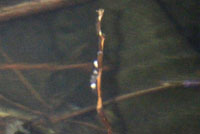 |
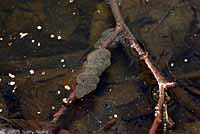 |
| Female Western Long-toed Salamander laying eggs underwater and attaching them to a stick at night in early February, King County, Washington. | Western Long-toed Salamander eggs on underwater stick laid by female to the left, soon after she finished. | Western Long-toed Salamander eggs attached to a stick laying in pond, early February, King County, Washington |
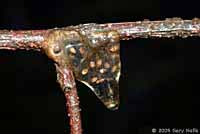 |
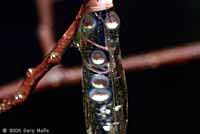 |
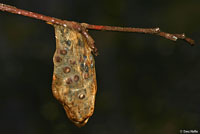 |
| Western Long-toed Salamander eggs, King County, Washington |
Western Long-toed Salamander eggs close-up, King County, Washington | Western Long-toed Salamander eggs, King County, Washington |
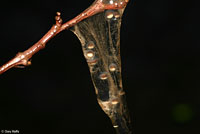 |
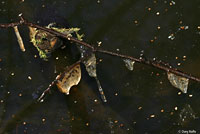 |
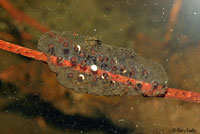 |
| Western Long-toed Salamander eggs, King County, Washington | Western Long-toed Salamander eggs, King County, Washington | Western Long-toed Salamander eggs, King County, Washington |
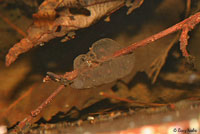 |
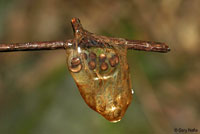 |
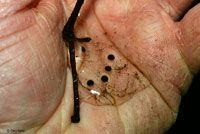 |
| Western Long-toed Salamander eggs, covered with silt, King County, Washington |
Western Long-toed Salamander eggs, King County, Washington |
Western Long-toed Salamander eggs, King County, Washington |
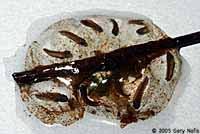 |
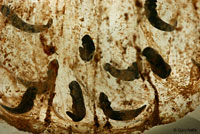 |
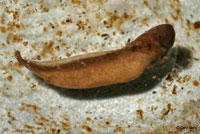 |
| Western Long-toed Salamander eggs with well-developed embryos close to hatching. |
Close-up of an embryo from the egg cluster seen to the left. | |
| Long-toed Salamander Larvae | ||
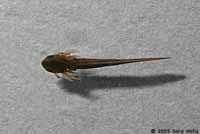 |
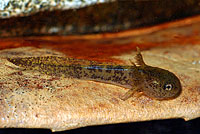 |
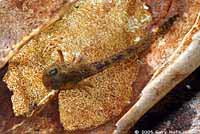 |
| Western Long-toed Salamander hatchling, just hatched. | Western Long-toed Salamander hatchling, about 1 month old | |
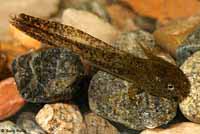 |
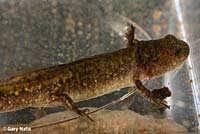 |
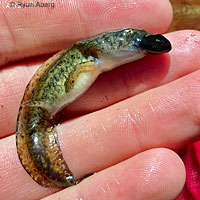 |
| Western Long-toed Salamander young larva, Yakima County, Washington | Western Long-toed Salamander large older larva, Pierce County, Washington | Mature larva eating a Boreal Toad tadpole, 5,800 ft. Shasta County © Ryan Aberg |
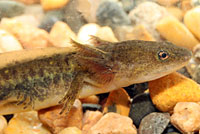 |
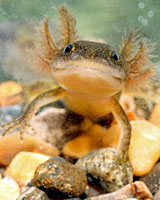 |
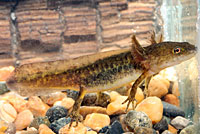 |
| Older Southern Long-toed Salamander larva, Siskiyou County. | ||
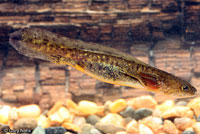 |
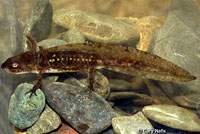 |
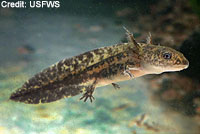 |
| Old Southern Long-toed Salamander larva, with legs tucked in for swimming, Siskiyou County |
Old Southern Long-toed Salamander Larva, Alpine County | Santa Cruz Long-toed Salamander larva in water, USFWS |
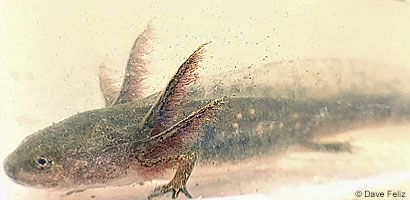 |
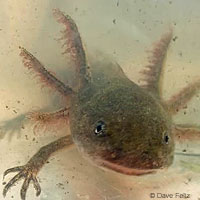 |
|
| Santa Cruz Long-toed Salamander larva in water, Monterey County © Dave Feliz | Santa Cruz Long-toed Salamander larva in water, Monterey County © Dave Feliz | |
| The following pictures are of two Central Long-toed Salamander larvae in two aquatic phases - first with long gills, then with reduced gills, and then after full terrestrial transformation. |
||
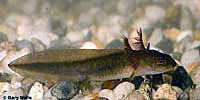 |
 |
|
| Western Long-toed Salamander larva 1 | Western Long-toed Salamander larva 2 | |
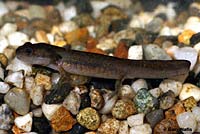 |
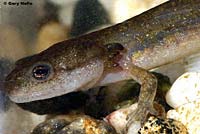 |
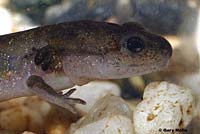 |
| Transforming Western Long-toed Salamander aquatic larvae (note the reduced gills and tail.) | ||
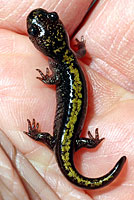 |
 |
 |
| Western Long-toed Salamander juvenile, just after transformation | Western Long-toed Salamander juvenile, 1 month after transformation |
|
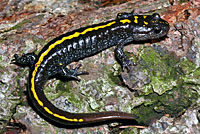 |
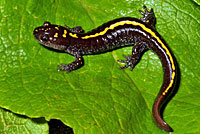 |
|
| Western Long-toed Salamander juvenile 6 months after transformation |
||
| Comparison with sympatric Pseudacris (Treefrog) tadpole | ||
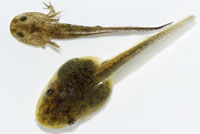 |
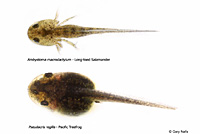 |
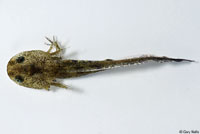 |
| Comparison of young sympatric aquatic amphibian larvae: Pacific Treefrog Tadpole (bottom) Eastern Long-toed Salamander larvae (top) |
Western Long-toed Salamander Larva with only one leg developed so far | |
| Short Videos of Western Long-toed Salamanders and Eggs at a Breeding Pond | ||
 |
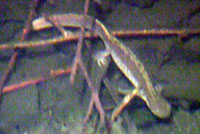 |
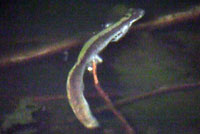 |
| A Western Long-toed salamander crawls into the breeding pond on a cold February night in King County, Washington, | Western Long-toed salamanders swim around underwater at night in a King County, Washington breeding pond during the breeding season in early February. | Two female Western Long-toed salamanders underwater lay their eggs on submerged sticks at night in King County, Washington. After the first one is finished we see the eggs she left behind. |
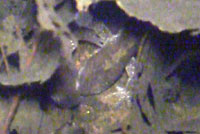 |
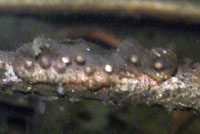 |
|
| Unlike the much more visible Pacific newts, who breed in full daylight, Long-toed salamanders do their breeding and egg laying at night, and they seem to do it under the cover of leaves on the bottom of the pond. Here we can see a couple interacting under some leaves in a breeding pond in early February in King County, Washington. | Views of some Western Long-toed salamander eggs on submerged sticks. Some of the eggs are pulled out of the water for a better look. | |
Return to the Top
© 2000 -
